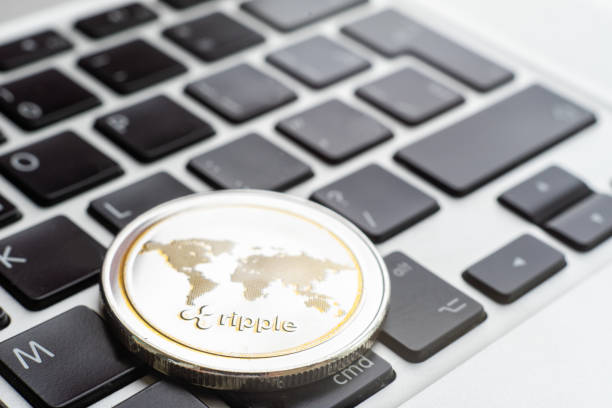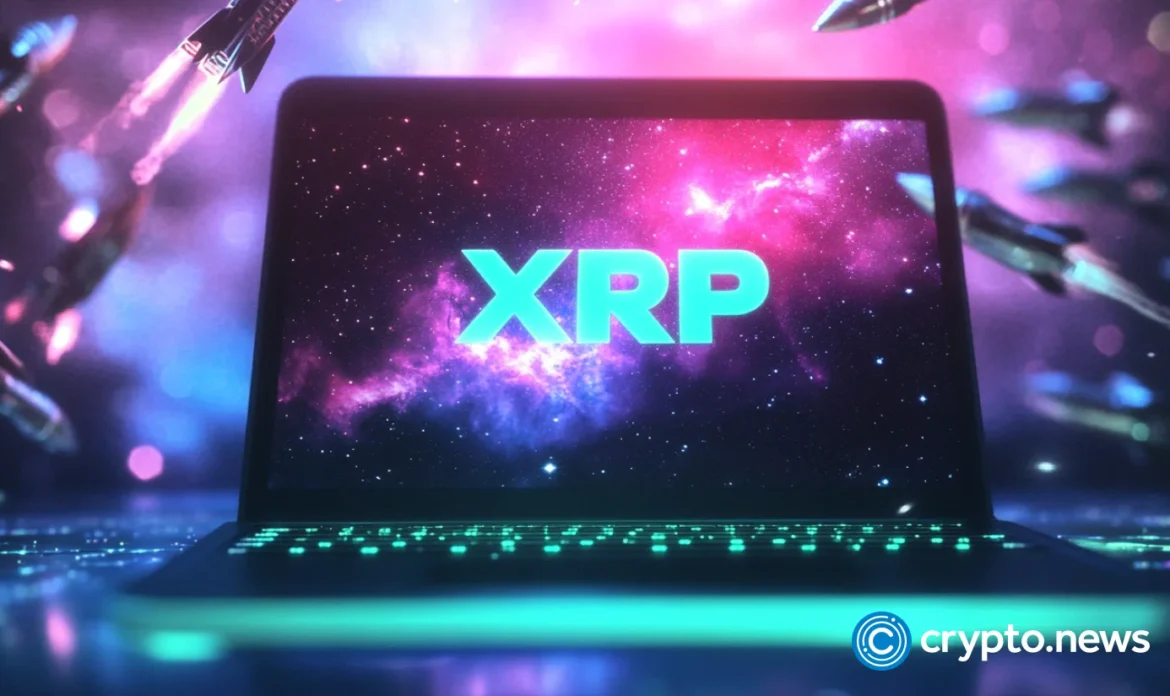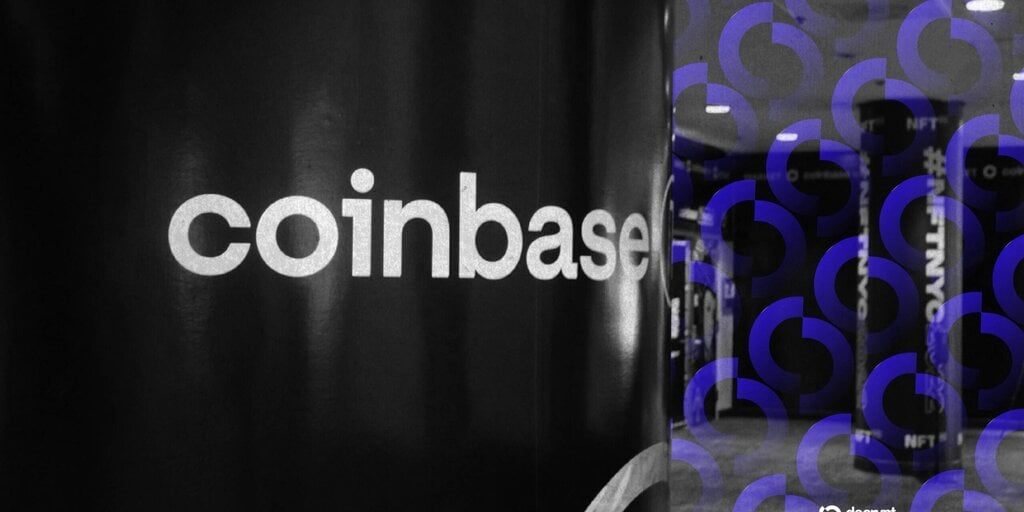PayPal has partnered with decentralized finance (DeFi) protocol Spark to expand liquidity for its US dollar stablecoin, PayPal USD (PYUSD).
PayPal’s stablecoin has attracted more than $135 million in deposits since its August listing on SparkLend, a lending market focused on stablecoins, according to a Thursday statement.
SparkLend was launched in 2023 out of the MakerDAO ecosystem and later integrated into Maker’s successor entity, Sky. It runs the Spark Liquidity Layer, which is backed by more than $8 billion in stablecoin reserves, according to the protocol.
Staked stablecoins on Sparklend protocol. Source: DeFiLlama
Sam MacPherson, co-founder and CEO of Phoenix Labs, a core contributor to Spark, told Cointelegraph that PayPal chose Spark because it “is the only at-scale DeFi protocol that can actively deploy capital into other protocols.” He added:
“DeFi will be the rails for all finance in the future, so focusing on that makes a lot of sense as there is massive growth potential.”
Spark is a non-custodial lending protocol where users deposit stablecoins into Spark Savings and receive non-rebasing yield tokens. According to Messari, these tokens maintain a fixed balance but grow in value over time, with yields set by Sky governance and funded through protocol revenues.
PYUSD was added to SparkLend after passing the protocol’s risk assessments.
Related: Aave, Sky float partnership to bridge DeFi, TradFi
Stablecoin market nears $300 billion
With Europe’s Markets in Crypto-Assets Regulation (MiCA) taking effect in January and US passage of stablecoin regulation with the Genius Act in July, the stablecoin market has been surging.
DefiLlama data shows the stablecoin market capitalization is nearing $300 billion, up over $90 billion since the start of the year.
Total Stablecoins Market Cap. Source: DefiLlama
Overall stablecoin growth has been matched by rising demand for yield-bearing stablecoins. Ethena’s USDe and Sky’s USDS have seen strong momentum, with USDe’s supply growing 70% and USDS expanding by 23% since July 18, when the Genius Act was signed into law.
In August, Coinbase revived its Stablecoin Bootstrap Fund to inject liquidity for USDC across DeFi platforms, including Aave and Morpho — though the exchange did not disclose the size of the fund.
A Binance Research report shared with Cointelegraph in September noted that as stablecoin adoption accelerates, “DeFi lending protocols are increasingly positioned to facilitate institutional participation.”
DeFi lending markets expanded by more than 70% year to date in September, with institutional demand cited as a key driver.
DeFi lending protocols, TVL, year-to-date chart. Source: Binance Research
The shift toward stablecoins that generate yield has been described as “stablecoin 2.0.” While “first-generation” tokens like Tether’s USDt (USDT) focused on digitizing the US dollar and putting it onchain, a “second generation” of stablecoins is seeking to create new utility by generating yield alongside liquidity.
Magazine: How Ethereum treasury companies could spark ‘DeFi Summer 2.0’










